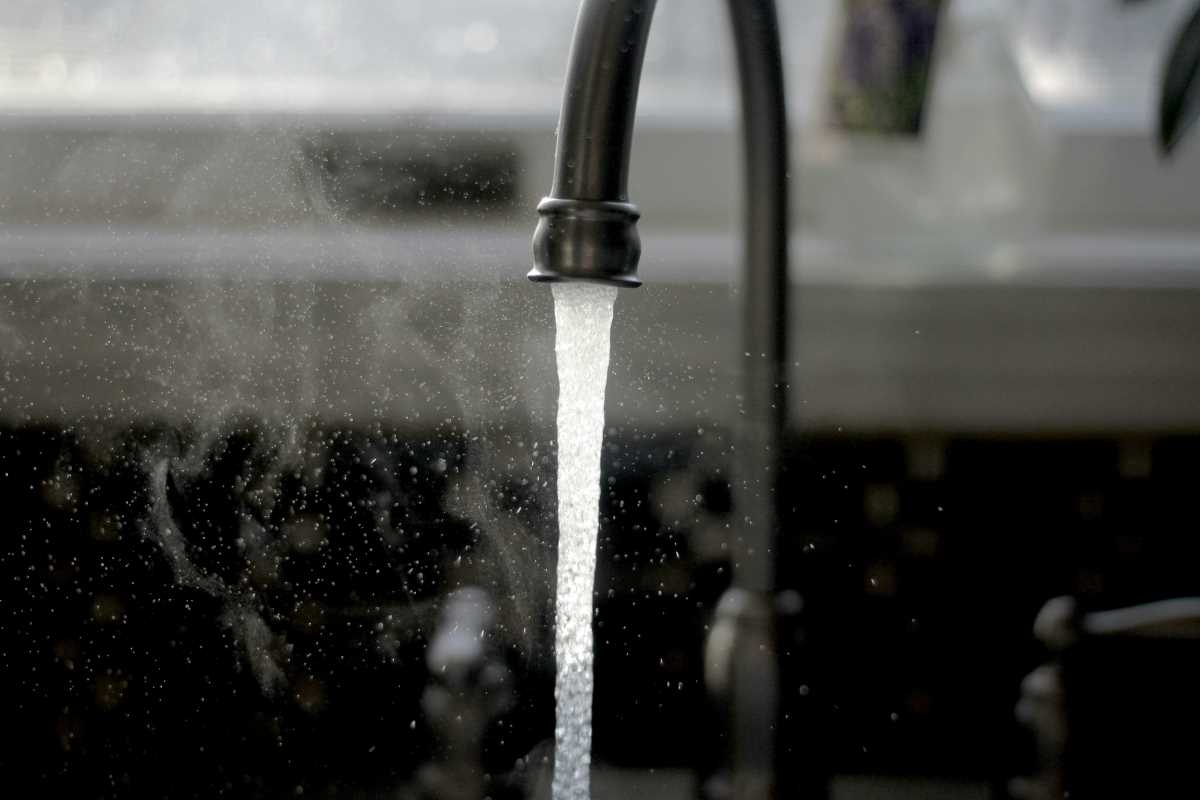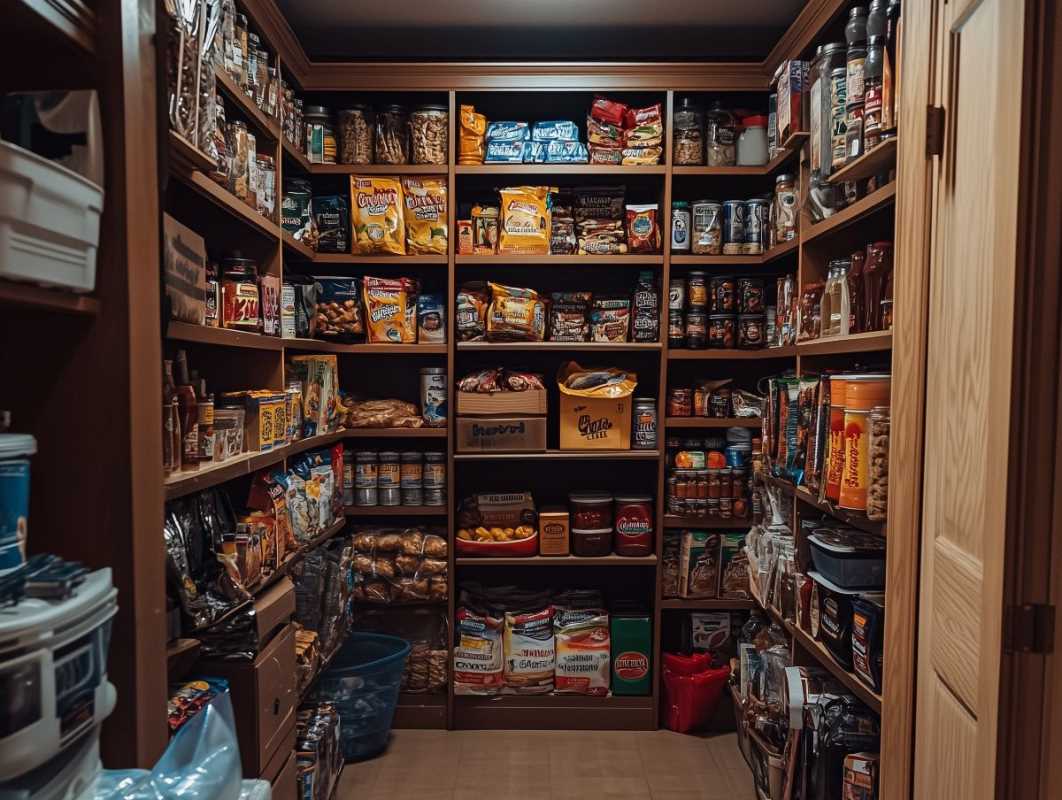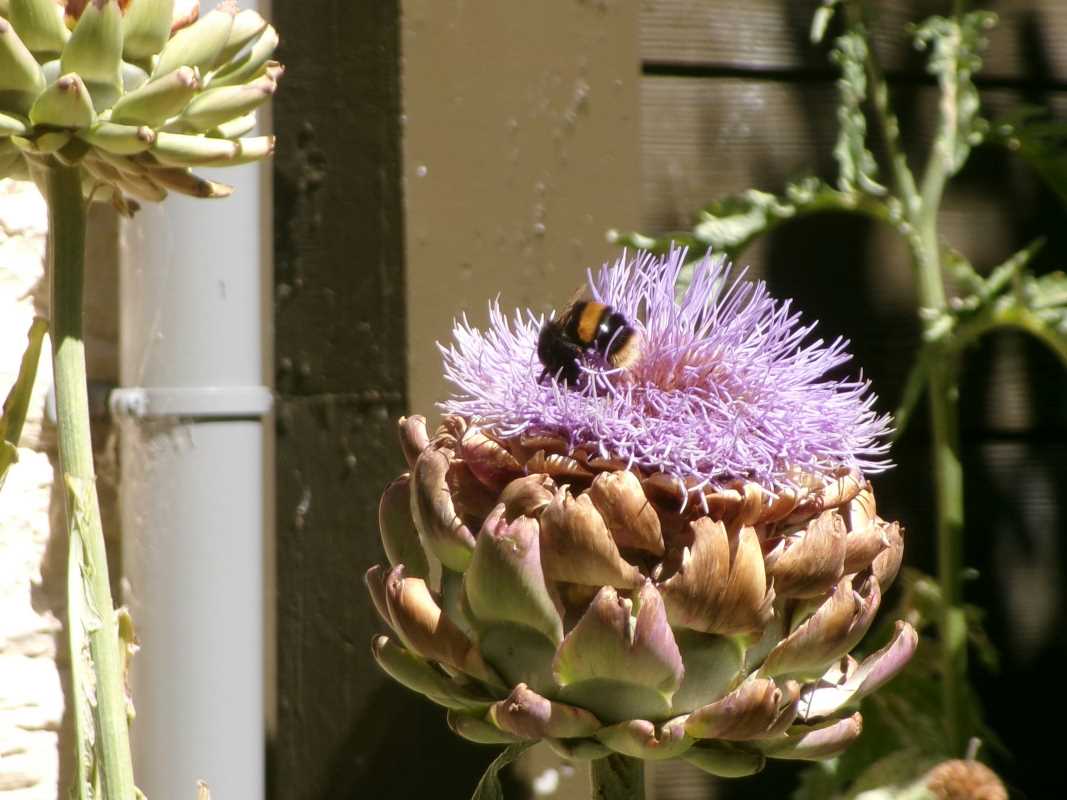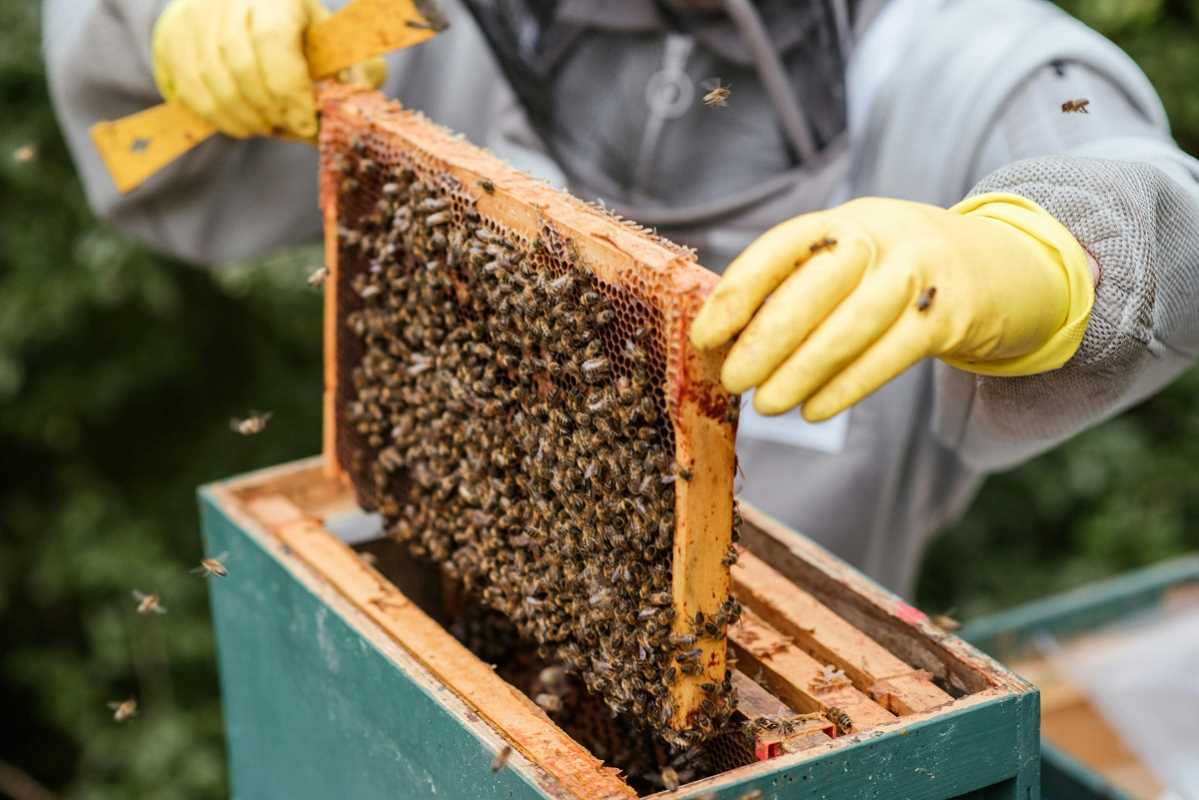Water is such an integral part of our daily lives that we sometimes forget how precious it is. From cooking and cleaning to hydration and gardening, the average household uses a significant amount of water daily. However, with growing concerns over water scarcity and rising utility bills, finding ways to conserve water at home has never been more important.
By making small adjustments and incorporating water-saving habits and devices, you can decrease your water consumption, lower your monthly expenses, and contribute to a healthier planet. Here’s a breakdown of how to reduce water usage in every area of your home.
Why Reducing Water Usage Matters
Before we jump into the specifics, it’s helpful to understand the importance of water conservation.
Environmental Impact
Freshwater resources are limited. Only about 2.5% of the Earth’s water is freshwater, and an even smaller fraction is accessible for human use. Overuse of water can deplete lakes, rivers, and aquifers, harming local ecosystems and threatening biodiversity.
Financial Benefits
By cutting down on water waste, you’ll notice a drop in utility bills. Simple changes to your water habits can lead to savings that add up significantly over time.
Energy Savings
Using less water lessens the strain on water treatment plants and reduces the energy required to transport and treat water. This, in turn, lowers greenhouse gas emissions and supports broader sustainability efforts.
With that in mind, here’s how you can make meaningful changes in each part of your home.
1. Water Conservation in the Bathroom
The bathroom is one of the biggest culprits when it comes to water use. From long showers to leaky faucets, there’s plenty of room for improvement.
Shorten Your Showers
A typical shower uses 2-2.5 gallons of water per minute. By reducing your shower time by just two minutes, you can save up to five gallons per shower.
Install Low-Flow Showerheads
Low-flow showerheads reduce water use without sacrificing water pressure. Many models use 1.5 gallons per minute compared to traditional options that use 2.5 gallons or more.
Fix Leaky Faucets and Toilets
A steadily dripping faucet may not seem like much, but it can waste hundreds of gallons of water annually. Toilets are another common water waster, particularly older models. Consider upgrading to water-efficient toilets that use less water per flush or testing for leaks by adding a few drops of food coloring to the tank. If the color seeps into the bowl without flushing, it’s time for a repair.
Turn Off the Tap
Get into the habit of turning off the faucet while brushing your teeth or shaving. This simple practice can save up to four gallons of water each time.
2. Reducing Water Use in the Kitchen
While the kitchen might not use as much water as the bathroom, it’s still an area where waste can occur regularly, especially when cooking and cleaning.
Use a Dishwasher Efficiently
Believe it or not, using a dishwasher typically uses less water than hand-washing dishes, assuming it’s a full load. Opt for energy-efficient dishwashers labeled with the ENERGY STAR certification, which are designed to consume less water and power.
Avoid Running Water for Cleaning
When washing fruits and vegetables, fill a bowl with water instead of rinsing them under a running tap. The leftover water can be reused to water plants.
Compost Instead of Rinsing
Use a compost bin instead of rinsing food scraps down the garbage disposal. Garbage disposals consume a surprising amount of water and put additional strain on wastewater treatment systems.
Be Mindful of Cooking
When boiling pasta or vegetables, only use as much water as needed. Once you’re done, save the cooled water to hydrate your plants.
3. Being Water-Wise in the Laundry Room
The laundry room is another area where water-saving opportunities abound. By upgrading your appliances and changing your habits, you can significantly cut back on water use.
Upgrade to a High-Efficiency Washing Machine
If you’re using a traditional washing machine, consider switching to a high-efficiency (HE) model. These machines use about half the water of older top-loading models while delivering the same (or better) cleaning power.
Wash Full Loads Only
Even if you don’t have an HE washer, try to wash only full loads of laundry. If you need to run a smaller load, adjust the water level accordingly.
Opt for Cold Water Washes
Washing clothes in cold water saves energy by eliminating the need to heat the water. It can also prolong the life of your clothes by reducing wear and tear.
4. Invest in Water-Saving Devices
Small investments in water-saving devices can have a huge impact over time.
Faucet Aerators
Installing aerators on your faucets reduces the flow of water without affecting pressure, saving gallons of water each day.
Dual-Flush Toilets
Dual-flush toilets offer two flushing options for liquid and solid waste, allowing you to use only the amount of water needed for each type of flush.
Smart Water Meters
A smart water meter tracks water usage in real-time, helping you identify leaks or areas where water is being wasted. Some models even provide suggestions for reducing your usage.
 (Image via
(Image via





